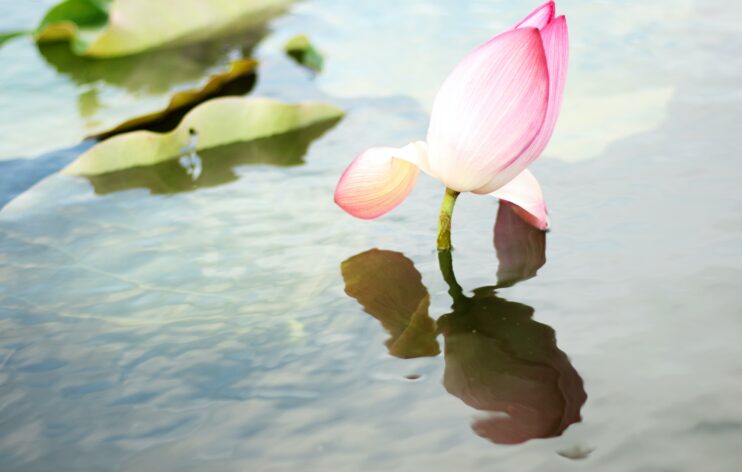We use affiliate links. If you purchase something using one of these links, we may receive compensation or commission.
“A beautiful plant is like having a friend around the house” – Beth Ditto
Growing plants like flowers, trees, and shrubs as a hobby, passion, or recreation are called gardening.
But, gardening is more than passion, hard work, or hobby. Many of us including myself adore the beauty of gardening.
Among many plants, aquatic plants are one of the most beautiful plants that can be used for gardening. Aqua-gardening is a new trend that has been fastly emerging.
If you want to use some awesome plants for aqua gardening, keep reading this article.
Table of Contents
What are plants that grow and live in water called?
Plants that grow and live in water are called aquatic plants. They have adapted to live in such an environment. The aquatic plants are also referred to as hydrophytes or macrophytes.
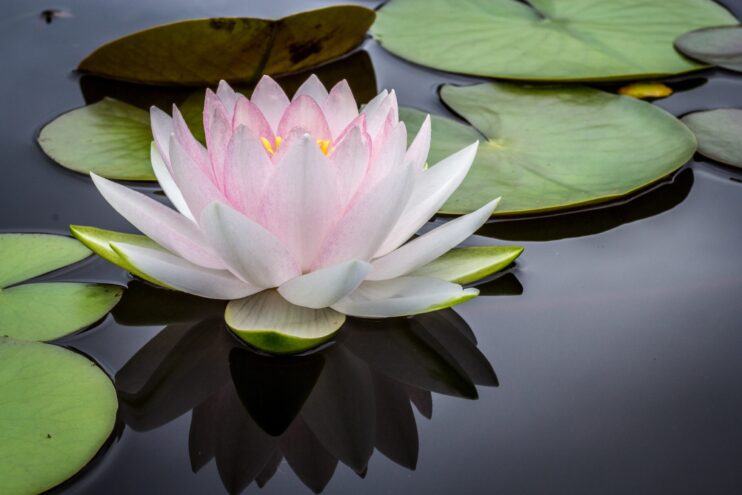
Lotus, water lily, floating heart, duckweed, etc. are some examples of plants that grow in water.
Can plants grow in just water?
Unlike other plants, aquatic plants can live just in water. These plants have adapted to live underwater, or at the water surface. These plants can also grow in water even without soil.
Some plants like lotus have thick cuticles for floating in the water. Hornwort, which lives completely underwater has minimal structural material to increase resistance to damages.
So, yes a plant can live in water, underwater, or both. Different species of plants have different special adaptations for living in waters.
How to grow water plants?

Before starting aqua-gardening, you need to know what plants can grow in water. You want to keep reading this article for knowing about those plants that grow in water.
After having knowledge about those plants, cut the plant with few leaves from the existing plant just below the node.
Find an appropriate size vessel for your plant and keep it in a warm and bright place. Give proper care to the plant and replace the water weekly.
List of plants that grow in water
Herbs that grow in water:
Green herbs are always the best option for aqua gardening. They provide freshness and can also be used for medical purposes.
So, if you are planning for herbs, get up and prepare a window ledge, a glass jar, and some water. Below are some of the herb plants that can be grown in water:
#1 Peppermint
Scientific name: Mentha piperita
Use: Treating flatulence, diarrhea, muscle pain, indigestion, menstrual pains, etc.
Origin: Grows in wild in Europe, North America, and Australia.
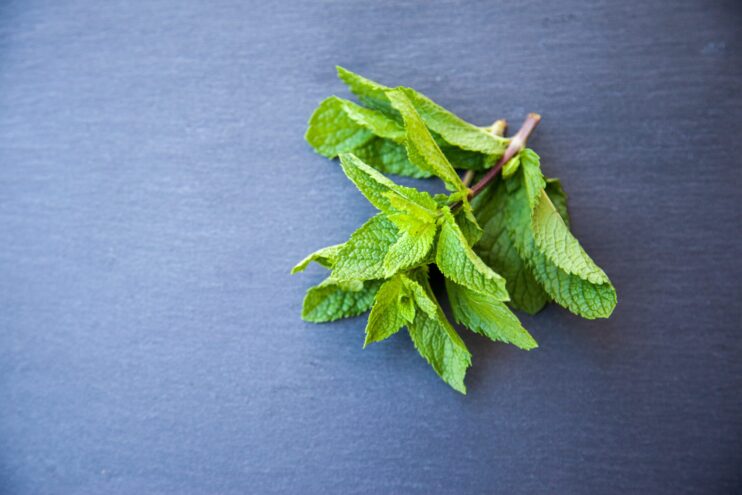
To garden this plant in water, all you need to do is cut the plant by about 5 inches and place it in a glass, bottle, or vase.
Peppermint is environment friendly, meaning they can live in almost any environment. All it requires is water and sunlight.
#2 Oregano
Scientific name: Origanum vulgare
Use: Reduce cough, wound healing, and fight against bacteria and viruses.
Origin: Hills of Mediterranean countries and western Asia

Growing oregano in water is quite easy. Like peppermint, you just need to submerge the plant in water.
The best condition required by this plant is full sun and heat. You should not over-water oregano as it can require less water to grow.
#3 Basil
Scientific name: Ocimum basilicum
Use: Loss of appetite, intestinal gas, worm infections
Origin: Asia
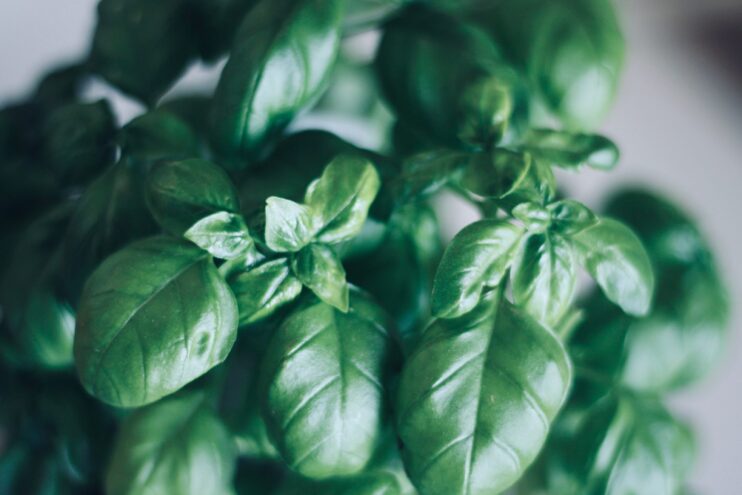
Basil is a good choice for aqua gardening. Take some cuttings from a mature basil plant and place them in clean, non-chlorinated water.
Basil requires sun and heat for good growth. You need to place the basil in a place that can receive more than six hours of sun daily.
#4 Rosemary
Scientific name: Salvia rosmarinus
Use: Memory improvement, hair loss, dyspepsia
Origin: Mediterranean regions of Europe and Near East

Take a spring cutting of about 2 to 3 inches from a grown rosemary plant with at least about five leaves. You can grow this plant in containers.
If you are planning to garden rosemary, you need to know that this type of water plant grows well in warm areas with fair humidity.
#5 Lavender
Scientific name: Lavandula
Use: Anxiety, stress, insomnia
Origin: Cape Verde and the Canary Islands

Cut the lavender branches and put them in water-filled pots or containers. You need to make sure that the part that you have cut should be inside the water until the roots are formed.
Lavender is best to grow in hot summer. You need to make sure that the plant is receiving enough sunlight. In hot summers, you can place the plant in shade in the afternoon.
Water plants for air purifying:
If you love the fragrance and fresh air try these plants. These plants are good for purifying the air and bringing good fragrance to your room.
#1 Chinese Evergreen
Scientific name: Aglaonema
Origin: South-East Asia
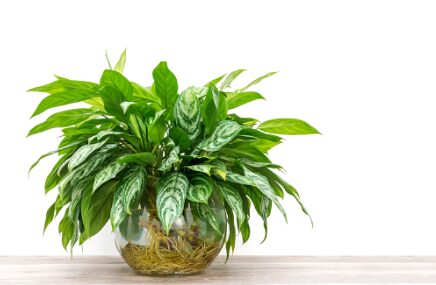
To garden Chinese Evergreen, first, select a healthy stem and cut it by six inches. Place it in a pot, cup, or vase near sunlight.
Chinese Evergreen requires proper attention while watering. You need to provide an adequate amount of water to the plant. For their care, you may also use fertilizers once or twice yearly.
#2 Peace Lily
Scientific name: Spathiphyllum
Origin: Tropical America

Cut the root of the adult plant leaving about four leaves intact. Place it in a pot, cup, or vase with fresh water.
Unlike other water plants, peace lily grows in low and indirect sunlight. If you want to make the dark corners of your room attractive, this is definitely the best option.
#3 English Ivy
Scientific name: Hedera helix
Origin: Europe, western Asia, northern Africa
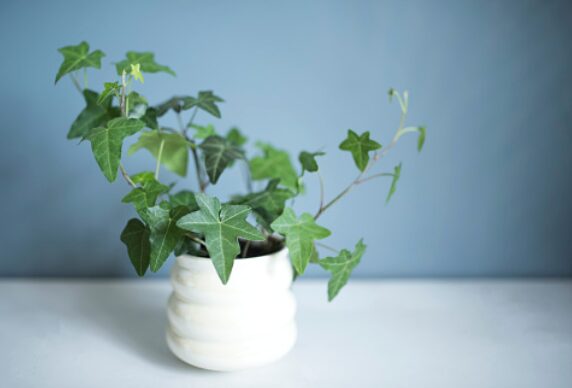
This type of plant is to be propagated to the soil after about five weeks when roots start to grow.
If you want to grow this plant indoors in water, there might be a secret way. You can use the Japanese technique of bonsai to minimize the size of the plant and grow it indoors.
English Ivy requires a dry environment and moderate humidity to grow. While gardening this plant, make sure that it doesn’t get too wet.
#4 Spider Plant
Scientific name: Chlorophytum comosum
Origin: Tropical and subtropical regions of Africa, Asia, and Australia

These plants are known to grow in soil but can also survive in water. You need some plantlets from mature spider plants and submerge them in water. After some days, roots will be formed.
Spider Plant can grow well in a bit humid environment. It requires a warm environment to grow.
#5 Philodendron
Scientific name: Thaumatophyllum bipinnatifidum
Origin: Tropical America
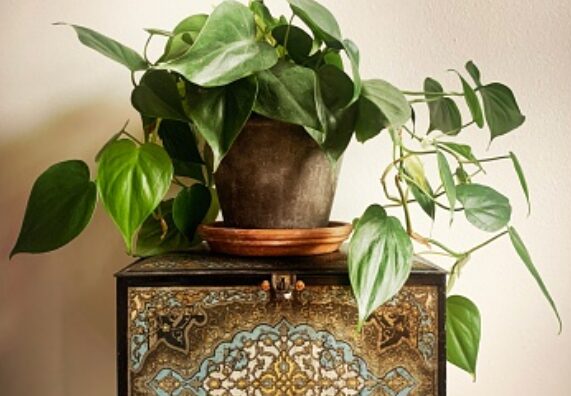
Cut by about 5 inches of mature plant’s stem with about two to three leaves intact. Now before placing it in a clear jar, fill it with tap water and leave the water overnight to let chlorine t dissipate.
Philodendron requires bright and indirect sunlight for proper growth. A warm temperature and high humidity are most welcomed by this plant.
#6 Pothos
Scientific name: Epipremnum aureum
Origin: India, China, Japan, Australia, and Indonesia
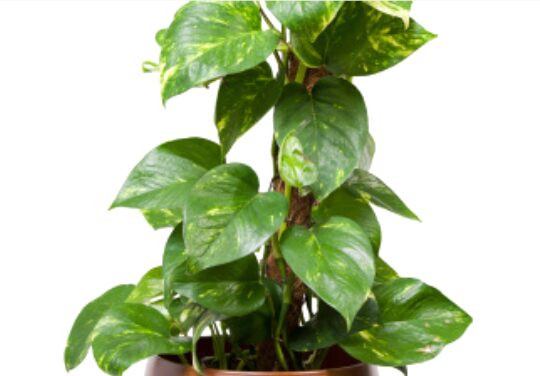
For growing this plant, you need some cuttings each with three nodes. Submerge the cut end into the water and replace the water weekly. After some time, you can see the roots growing.
Pothos like other water plants grows well in bright and indirect light. They can be easily grown in vases of water.
Water plants for decoration:
Like I said in the beginning. I love gardening because they provide natural beauty. A list of water plants for decoration purposes is given below:
#1 Coleus
Scientific name: Coleus scutellarioides
Origin: Southeast Asia, Australia

Cut 6 inches of the mature plant’s stem. Remove all the leaves except the top parts and place the stem into the water with only the nodes submerged in water.
You need well-drained soil for this plant to grow. Place the plant in your home which is bright and gets direct sun.
#2 Lucky Bamboo
Scientific name: Dracaena sanderiana
Origin: Southeast Asia
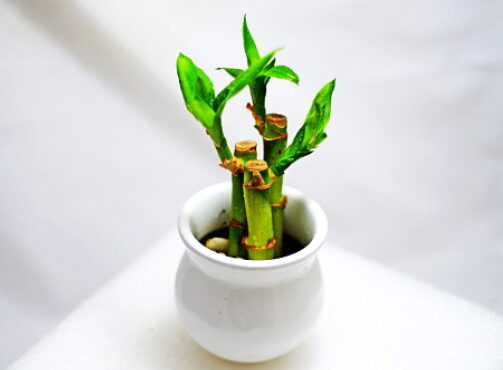
For growing lucky bamboo in water, you can use some stones or pebbles to stand the stem of the plant. Now, all you need to do is provide enough water to the plant.
Lucky bamboo is best grown when the distilled water or filtered water is used. Make sure that the roots of the plant are always moist and healthy.
#3 Wandering Jew
Scientific name: Tradescantia zebrina
Origin: South America
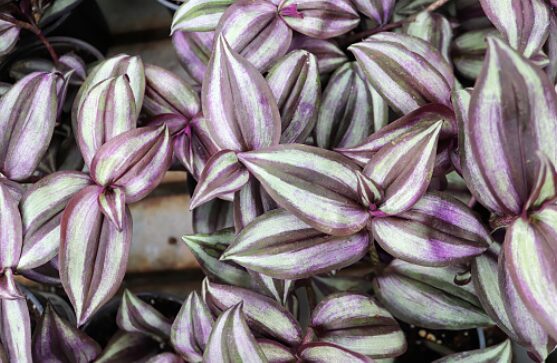
Cut about 6 inches of the mature plant of Wandering Jew. Place it in a jar or vase with water. Change the water and that’s it. Growing this plant in water is easy.
While gardening wandering jew, you should know that it does not love too much water. Use a small amount of water for this plant.
#4 Hyacinth
Scientific name: Hyacinth
Origin: Tropical and sub-tropical South America
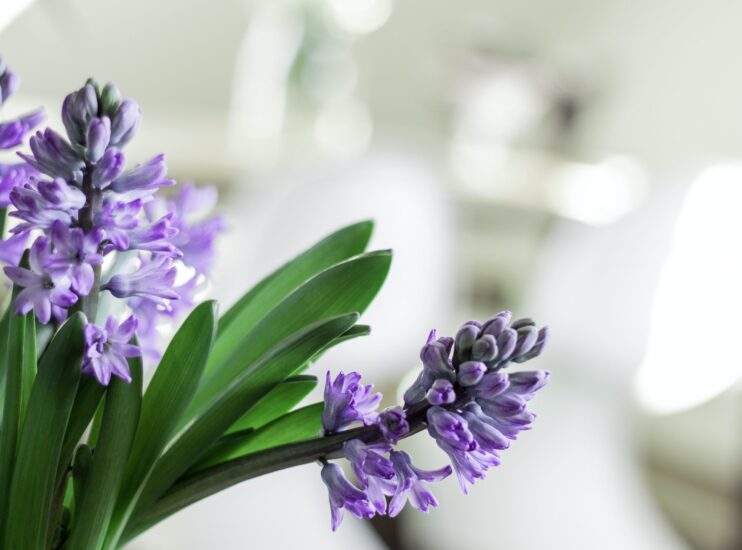
You first need to fill the vase or pot with water just under the bottom of the bulb. Then, put the vase or pot in a dark place until the roots appear. It may take about a week.
Hyacinth needs moist mud for proper growth. You can also grow this plant in natural waters.
Edible water plants:
Did you know, many of the water plants are edible and are used as medicine?
You can do aqua-gardening for your home kitchen too. The use of these plants will add freshness to your food.
Some of the common water plants that you can grow in your kitchen are listed below:
#1 Green Onions
Scientific name: Allium cepa
Use: Helps the body make healthy new cells
Origin: Asia
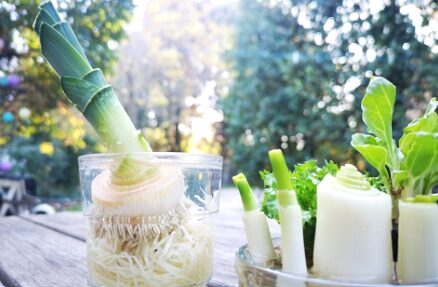
To grow green onions in water is quite easy. You just need to place the root of the green onions within the water. It will regrow. Just remember to change the water once it becomes dirty.
This edible water plant requires enough sunlight and water for maintaining freshness. So, keep it in a bright place and make sure that the roots are within water.
#2 Lettuce
Scientific name: Lactuca sativa
Use: Lower blood pressure, weight loss, improve heart health
Origin: USA

For growing lettuce in water, take a cup filled with water. Cut the head of lettuce and place it in the cup. You can observe the growth of new lettuce just after 3 days.
Lettuce is best to grow in soil. But, you can also grow this plant in water by giving proper nutrients and sun.
#3 Arrowhead
Scientific name: Syngonium podophyllum
Use: Headaches, indigestion, tuberculosis
Origin: Tropical rain forest of Central and South America
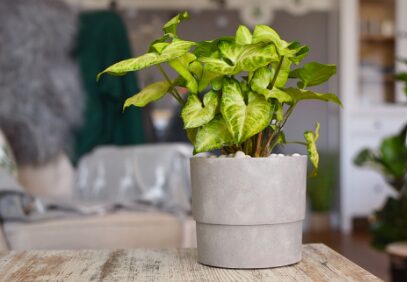
First, cut the stem from the mature arrowhead plant and remove the bottom leaves. For gardening this plant you need a big vase or jar. Place the stem into the vase containing non-chlorinated water. Also, make sure that the plant is straight up.
While gardening arrowhead, you should not place it in a place where it reaches direct sunlight. Also, do not overwater this plant.
#4 Cabbage
Scientific name: Brassica oleracea var. capitata
Use: Stomach pain, excess stomach acid, asthma, morning sickness
Origin: Mediterranean

If you are looking to grow cabbage in water, it is not that too hard. Just keep the leaves of cabbage in a container or cup containing water. You need to make sure that the water remains clean and the leaves get enough sunlight. Just after a few days, you can see new leaves forming.
You can grow cabbage in water also. You need to place the plant in an open, and sunny place. Make sure to add additional nutrients to the plant.
#5 Carrot
Scientific name: Daucus carota subsp. sativus
Use: Improves vision, blood sugar level, lower diabetes risk
Origin: Central Asia
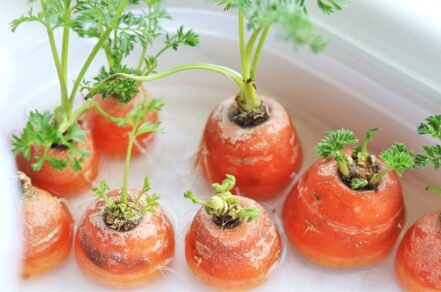
After you have cut the bottom part of the carrot, place it in a container where you want to grow. Pour water without the top green part of the cut touching the water. Provide the plant with light and you can have to see sprouts develop.
You can grow carrot leaves that are used in salads in water. You need to provide a good amount of light and little moisture for this plant to grow.
There you have it. These are the lists of plants that grow in water. You can use them for many purposes – decoration, kitchen, medical and many more.
These are some of the plants for aqua gardening that I have tried. I hope you can now get some idea about aqua plants and their growth. If you are interested in plant growth, you can check our content on How many inches does a plant grows in a week?
Image credit: unsplash.com

